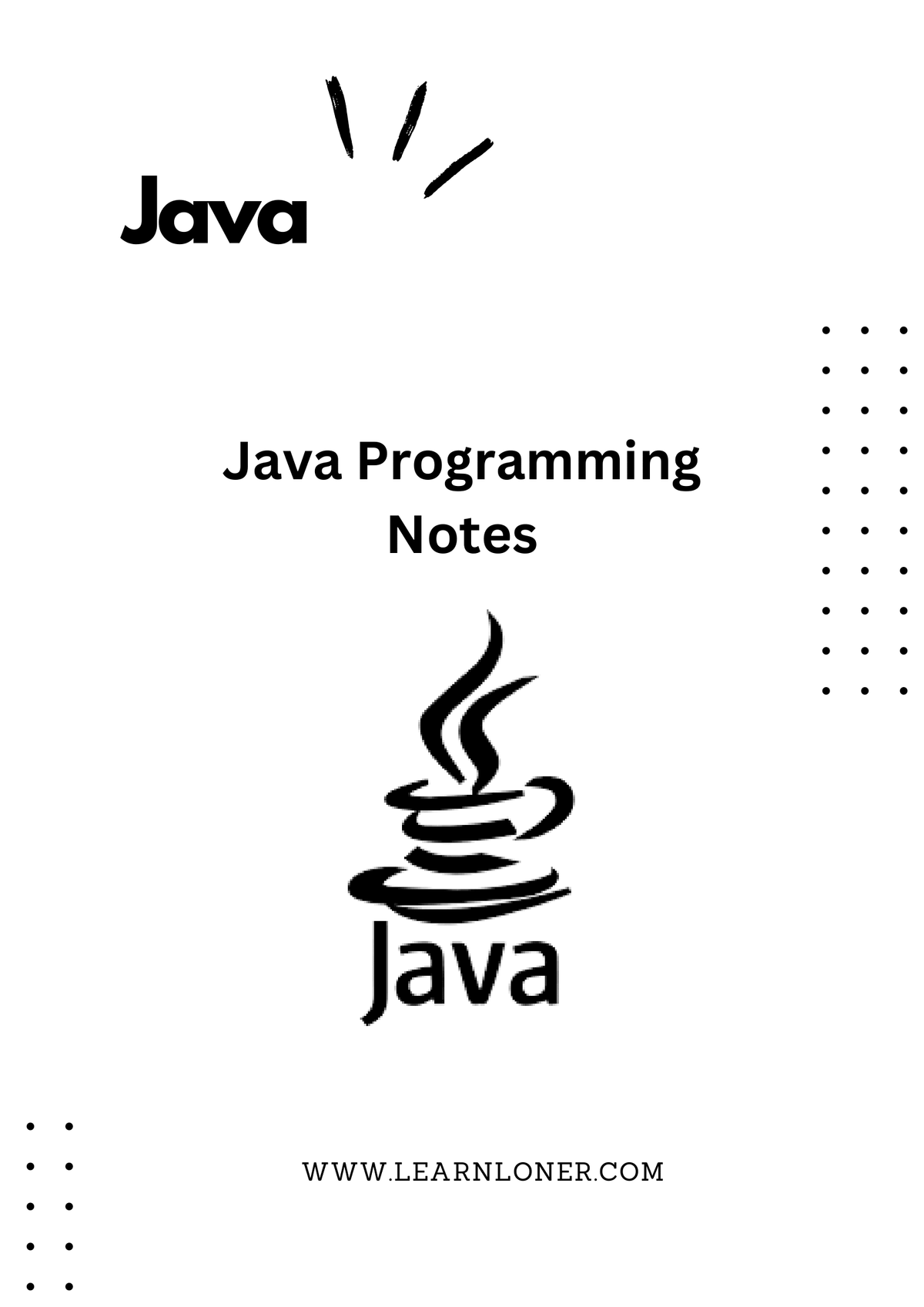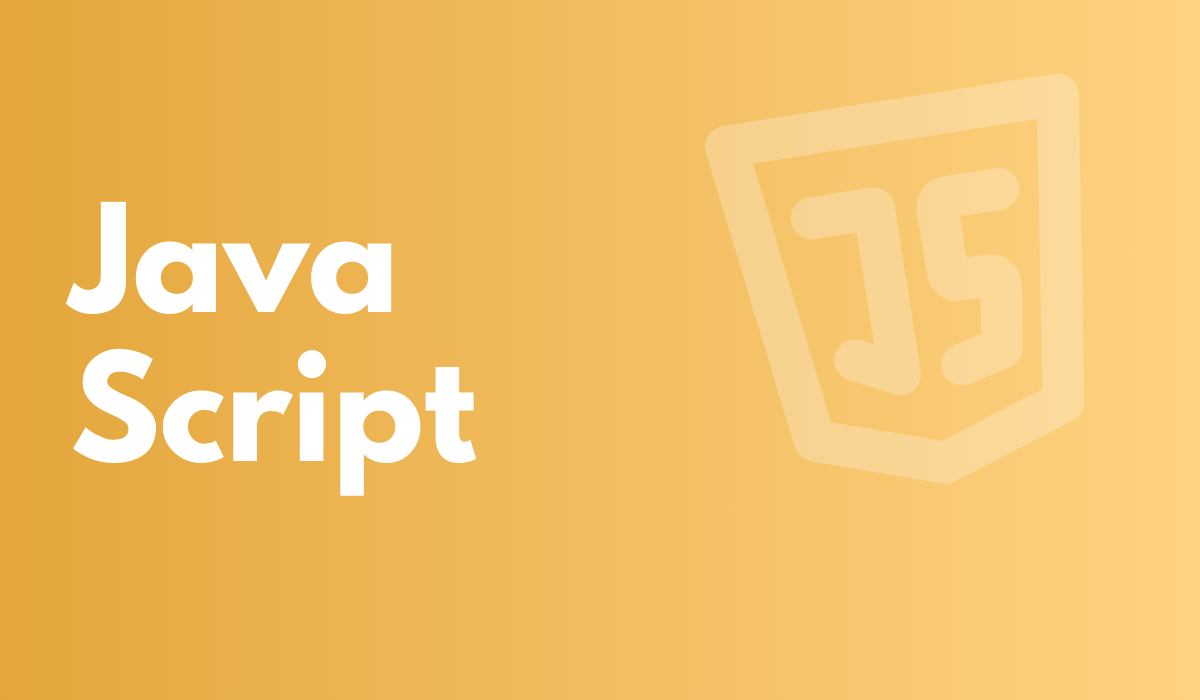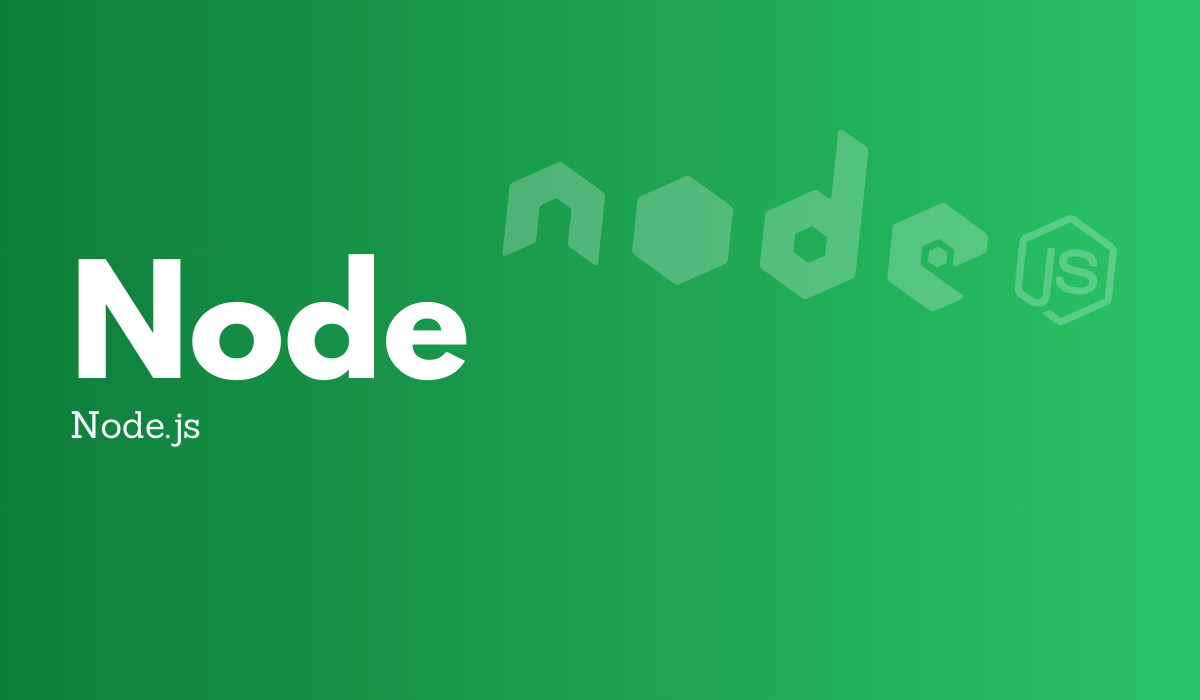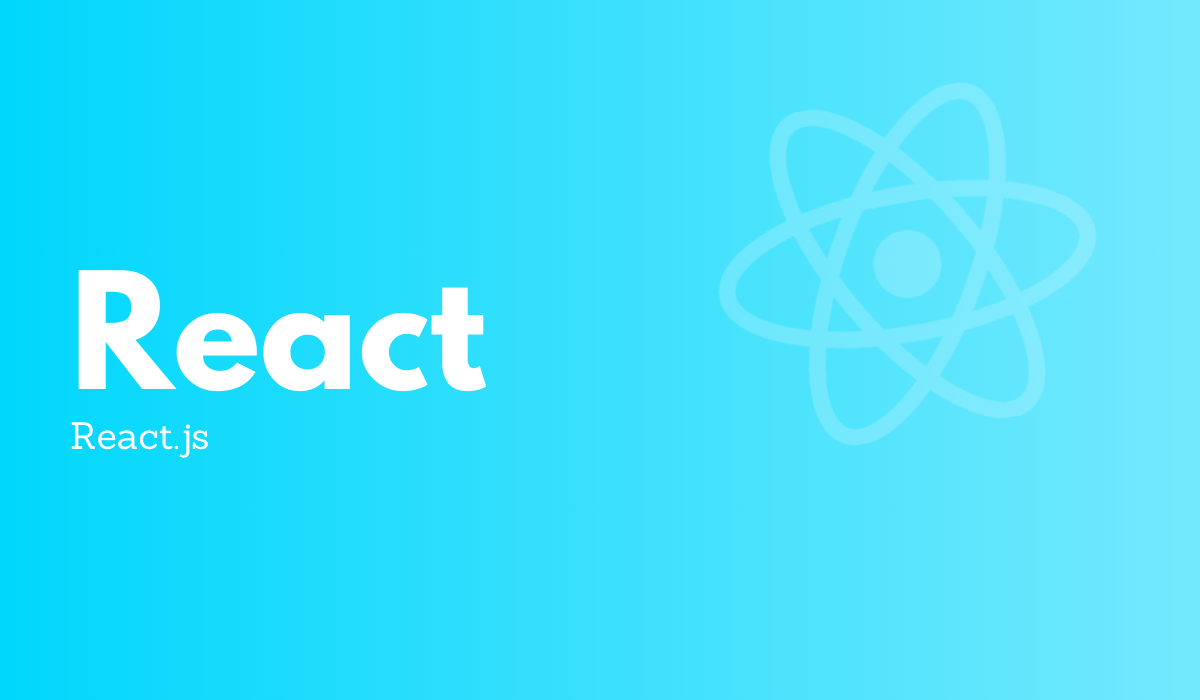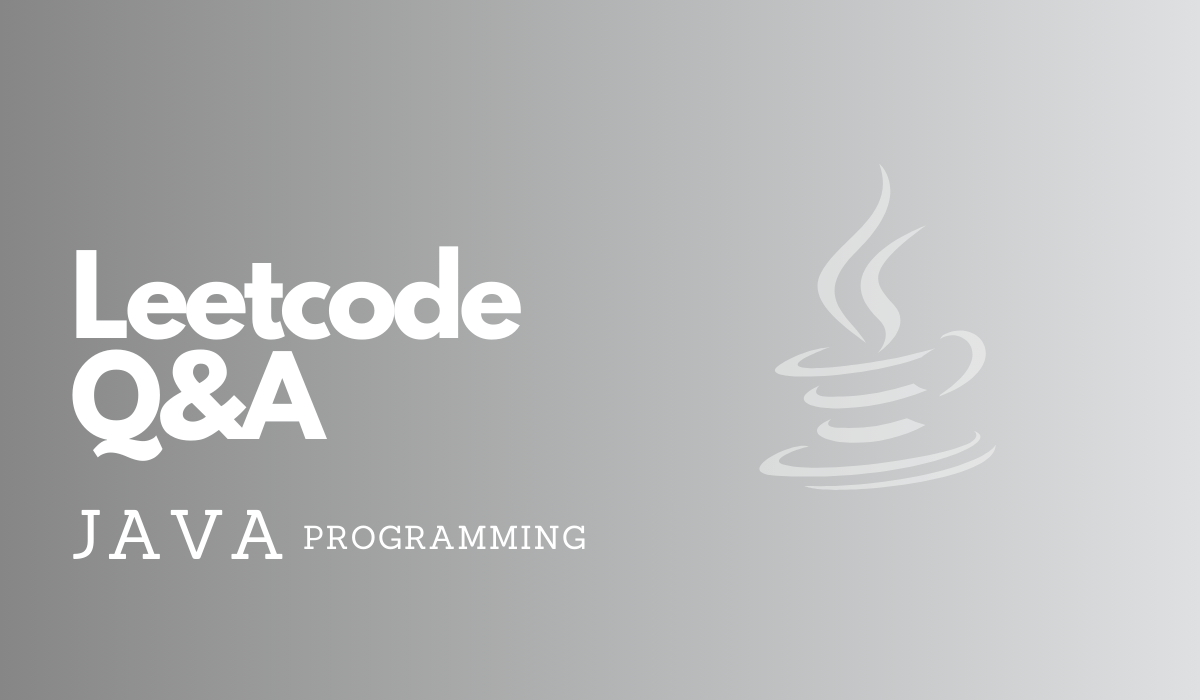Java Notes PDF Download – Learn Loner
Journey into the world of Java programming with Learn Loner’s Java Notes PDF! Explore the robust and versatile capabilities of Java, a language integral to modern software development. Whether you’re a beginner stepping into the coding landscape or a seasoned developer refining your skills, our comprehensive guide accommodates all levels of expertise. Click now to download your free PDF and delve into the essence of Java, empowering you to create robust and scalable applications with ease.
Java Notes - Overview
Welcome to Learn Loner, your ultimate destination for mastering Java programming with our dedicated resource – the Java Notes PDF. Immerse yourself in the robust world of Java development through our meticulously crafted and downloadable notes. Whether you're a programming enthusiast embarking on your Java journey or an experienced developer looking to deepen your skills, our resource caters to learners of all levels. Explore fundamental Java concepts, syntax, and best practices presented in a structured and easy-to-follow format. At Learn Loner, we are committed to empowering individuals to embrace the versatility of Java, and our Java Notes PDF is designed to be your comprehensive companion in this educational adventure. Download, explore, and elevate your Java proficiency with Learn Loner.
More Related Notes
Java – Overview
Embark on a journey into the realm of dynamic programming (DP) with Java, a versatile and powerful programming language. In this comprehensive overview, we’ll explore the fundamentals of dynamic programming, delve into its application for solving challenging LeetCode problems, and highlight how Java’s robust features contribute to the efficiency and clarity of your DP solutions.
Dynamic Programming Fundamentals:
Dynamic programming is a problem-solving technique that involves breaking down complex problems into simpler subproblems, solving each subproblem only once, and storing the results for efficiency. The approach is particularly effective for problems exhibiting overlapping subproblems and optimal substructure.
Object-Oriented Structure in Java:
Java’s object-oriented nature enhances the organization and readability of dynamic programming solutions. By leveraging classes and objects, developers can create modular and reusable code, making it easier to manage the complexity of DP problems and ensuring a clean and maintainable codebase.
Utilizing Java Collections Framework:
Java’s Collections Framework provides a rich set of data structures that are integral for dynamic programming solutions. Collections like ArrayLists, HashMaps, and LinkedLists offer efficient ways to store and manipulate data, contributing to the optimization of DP algorithms.
Memoization with HashMaps:
Java’s HashMaps provide an excellent tool for implementing memoization in dynamic programming. By using a HashMap to store intermediate results, developers can avoid redundant computations, significantly improving the efficiency of DP solutions.
Concurrency Control with Java Threads:
When dealing with dynamic programming challenges involving concurrent tasks, Java’s threading capabilities become invaluable. By using threads and synchronization, developers can optimize the execution of parallel computations, leading to improved performance in certain scenarios.
